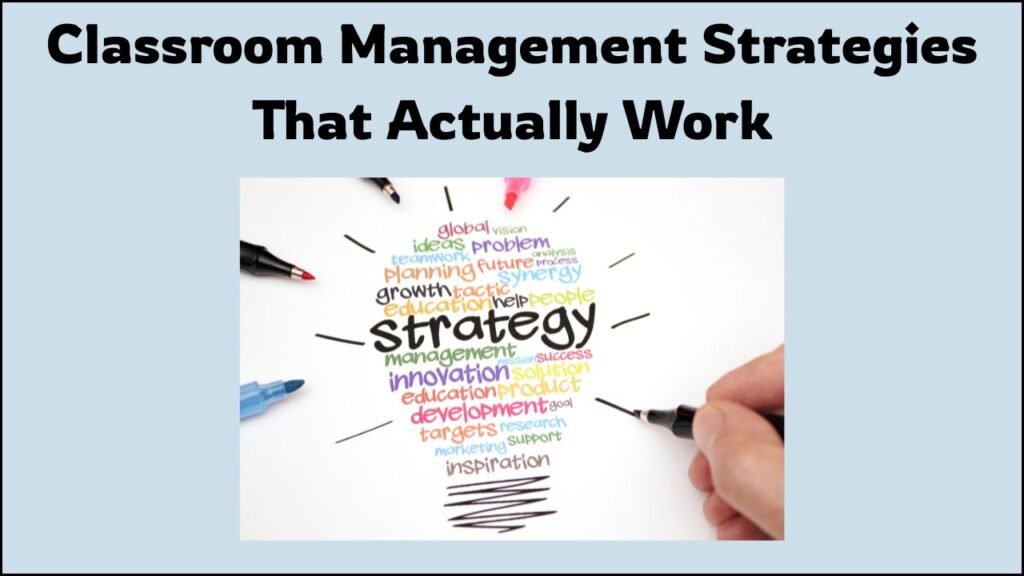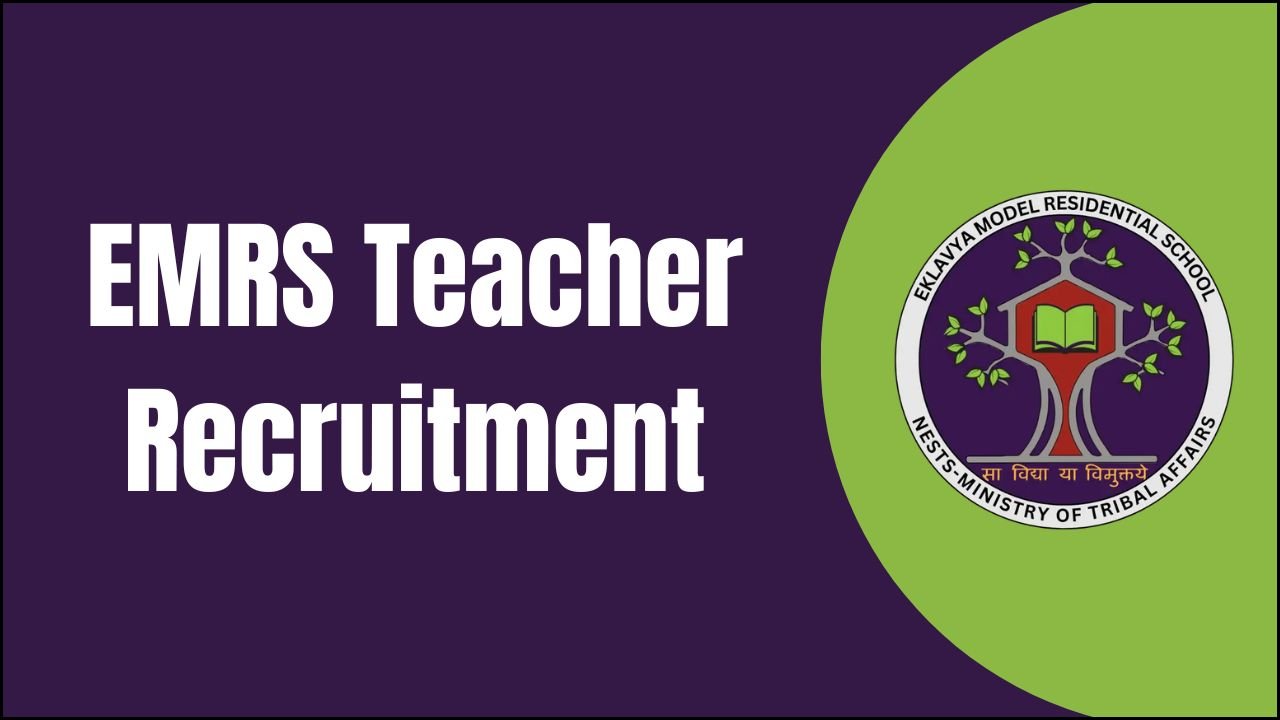
Classroom management plays a major role in creating a learning space where students feel respected, safe, and motivated. Effective strategies help teachers prevent disruptions, build strong relationships with students, and create a positive environment where academic success becomes easier to achieve. Below are proven, practical, and easy-to-follow techniques that go beyond theory and work in real classrooms.
Table of Contents
Classroom Management Strategies That Create Impact
- Model Ideal Behavior
- Teachers should act the way they want their students to act.
- Polite language, eye contact, and respectful conversation set the tone.
- Role-playing with another adult can show students how to behave in real scenarios.
- Discuss the modeled behavior afterward to reinforce learning.
- Let Students Help Establish Guidelines
- Students should take part in setting classroom rules.
- Collaborative rule-making builds responsibility and cooperation.
- Students often suggest stricter rules than expected.
- Involving students ensures they feel ownership over the rules.
- Document Rules
- Rules must be written and shared with every student.
- Teachers should explain each rule to avoid confusion.
- A printed rule sheet works like a classroom contract.
- Displaying the rules on the wall reinforces daily expectations.
- Avoid Punishing the Entire Class
- Addressing individual students privately is more effective.
- Avoid group punishments that damage morale and trust.
- Use respectful, guiding phrases like “Do you need help focusing?”
- Keep communication friendly and calm, even when correcting behavior.
- Encourage Initiative
- Students should be allowed to go ahead with learning when they show interest.
- Let them present the next lesson or topic to the class.
- Independent learners feel challenged and respected.
- Presentations help reinforce student understanding and boost confidence.
- Offer Praise
- Praise should be sincere and specific.
- Example: “Great job solving that equation using three steps.”
- Praise builds self-esteem and promotes repeated good behavior.
- Class-wide recognition motivates others to improve.
- Use Non-Verbal Communication
- Hand signals, visual aids, and props keep students engaged.
- Use stations with different materials like charts, models, and games.
- Physical movement helps kinesthetic learners stay involved.
- Silent signals save time and reduce interruptions.
- Hold Classroom Parties
- Parties reward group effort and good behavior.
- Even short celebrations can lift morale.
- Snacks and fun games make learning feel balanced and enjoyable.
- Parties should be connected to class achievements.
- Give Tangible Rewards
- Hand out small tokens like raffle tickets for good behavior.
- Rewards can include candy, bookmarks, or fun privileges.
- Students should know exactly what earned them the reward.
- End-of-week raffles give students goals to work toward.
- Make Positive Letters and Phone Calls
- Parents appreciate hearing good news about their children.
- Compliments shared with families can encourage more effort.
- Students feel proud when their parents celebrate their progress.
- These calls build trust between teachers and families.
Classroom Management Techniques Table
| Strategy | Purpose |
|---|---|
| Model Ideal Behavior | Sets a visible example for students to copy |
| Student-Made Guidelines | Builds shared responsibility and respect |
| Rule Documentation | Reinforces rules and expectations in a visible, lasting way |
| Individual Discipline | Maintains fairness and keeps class relationships strong |
| Encouraging Initiative | Fosters motivation and independence in learning |
| Specific Praise | Reinforces positive actions and boosts confidence |
| Non-Verbal Signals | Saves time and enhances communication |
| Class Parties | Rewards team effort and promotes positive behavior |
| Tangible Rewards | Motivates students with clear, small incentives |
| Positive Communication | Involves families and boosts student pride |
Key Benefits of Using These Strategies
- Improved Student Engagement
- Students feel more connected when they help set rules and lead activities.
- Varied tasks and group recognition keep interest levels high.
- Reduced Classroom Disruptions
- Clear expectations and calm corrections limit misbehavior.
- Students respect teachers who listen and respond fairly.
- Stronger Student-Teacher Relationships
- Praise and communication foster mutual trust and understanding.
- Positive energy in the classroom leads to better cooperation.
- Higher Academic Outcomes
- A safe and respectful classroom lets students focus on learning.
- Encouraged students to work harder and show more consistent results.
Practical Implementation Ideas
| Classroom Tool | Use |
|---|---|
| Rule Posters | Hang on classroom walls for daily reminders |
| Student Journals | Let students reflect on their behavior and progress |
| Reward Chart | Track positive actions and progress over the week |
| Feedback Boxes | Allow anonymous student suggestions about classroom climate |
| Parent Communication Log | Track calls, letters, and notes for each student |
Tips for Long-Term Success
- Be Consistent
Apply rules fairly and every day. Inconsistency confuses and weakens authority. - Be Flexible
Adjust strategies based on student feedback and classroom needs. - Stay Positive
Students respond better to encouragement than to criticism. - Build Community
Help students know one another with group activities and pair tasks.
Wrapping Up
Effective classroom management requires more than just rules—it demands respect, planning, and consistency. Simple techniques like modeling good behavior, using rewards, and building classroom agreements can change the entire atmosphere. A classroom with clear expectations, positive relationships, and shared goals becomes a place where students feel safe to grow and teachers feel confident and supported in their role.





